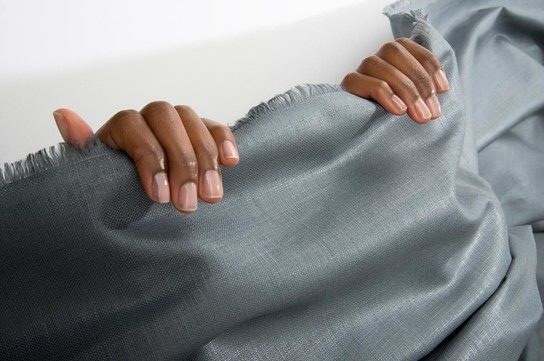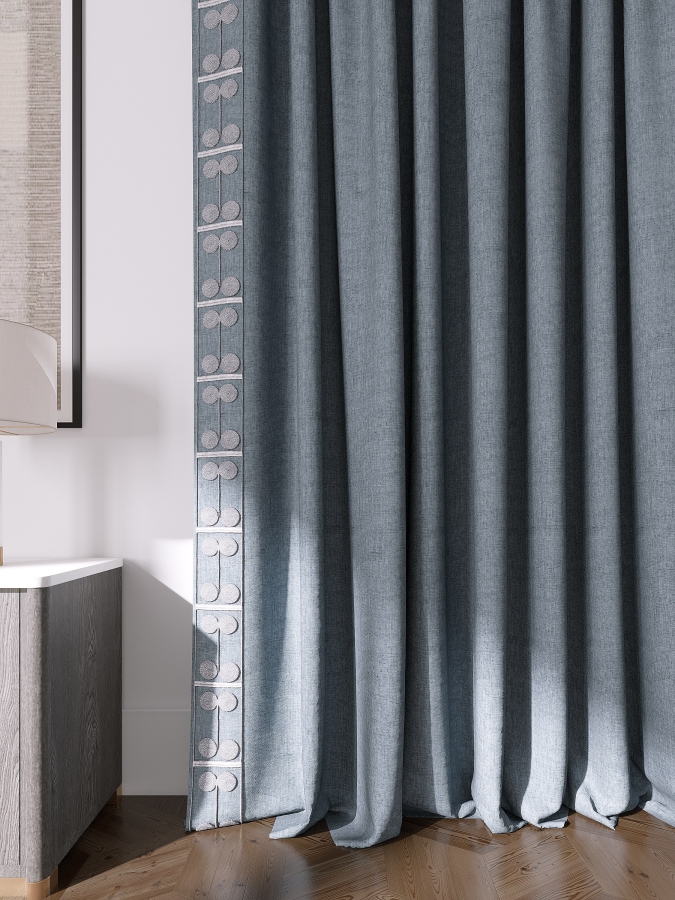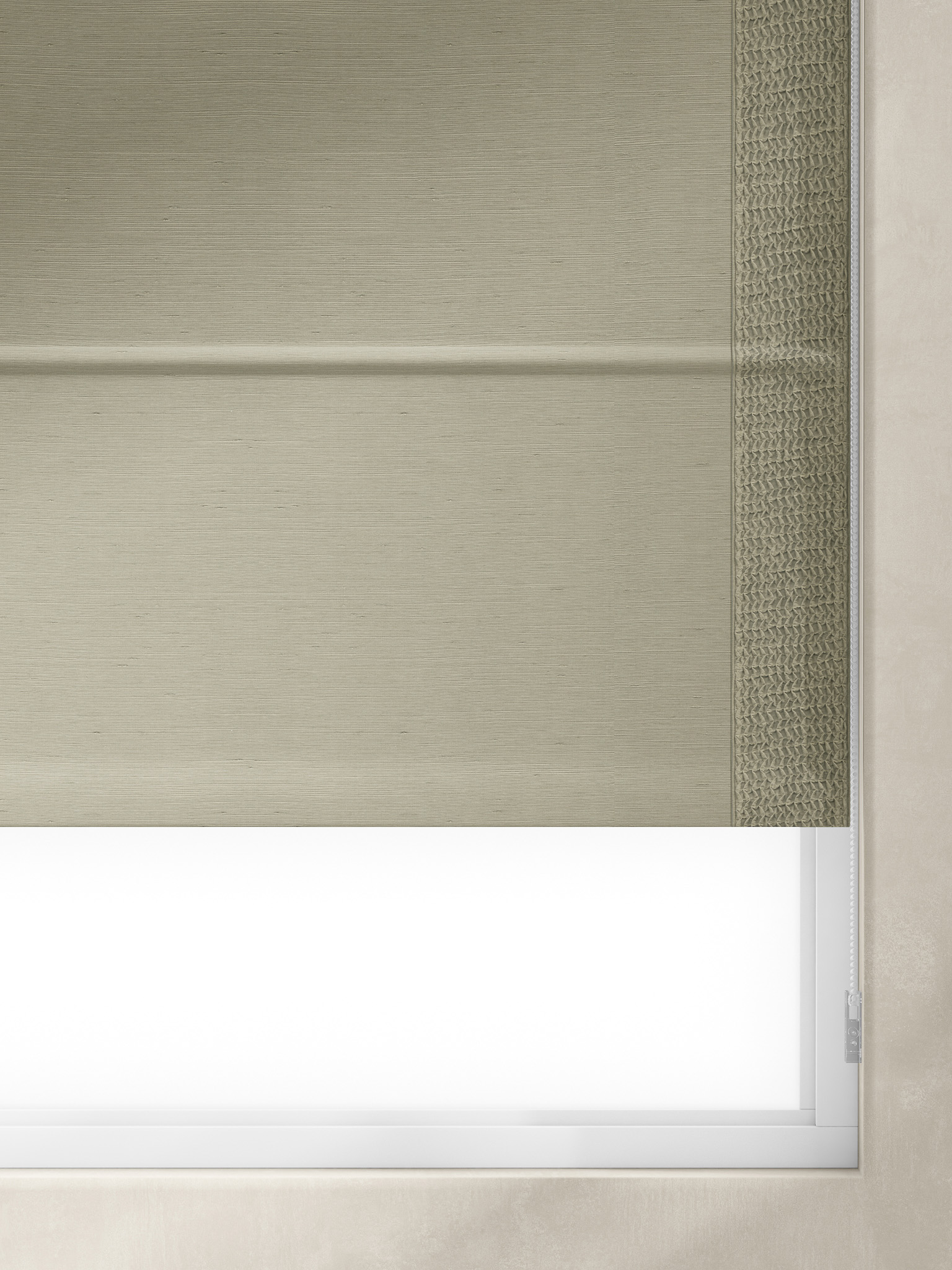SAVE YOUR CART
We noticed you have not Logged In or Signed Up. Leaving tulio.design will result in your history and cart getting lost.


Choose the language you’d like to browse the site in
Choose a country or region. This affects the currency you’re billed in, availability of items, price and delivery options.
 Afghanistan
Afghanistan
USD $
 Albania
Albania
USD $
 Algeria
Algeria
USD $
 Andorra
Andorra
EUR €
 Angola
Angola
USD $
 Argentina
Argentina
USD $
 Armenia
Armenia
USD $
 Australia
Australia
USD $
 Austria
Austria
EUR €
 Azerbaijan
Azerbaijan
USD $
 Bahamas
Bahamas
USD $
 Bahrain
Bahrain
USD $
 Bangladesh
Bangladesh
USD $
 Barbados
Barbados
USD $
 Belarus
Belarus
USD $
 Belgium
Belgium
EUR €
 Belize
Belize
USD $
 Benin
Benin
USD $
 Bhutan
Bhutan
USD $
 Bolivia
Bolivia
USD $
 Bosnia and Herzegovina
Bosnia and Herzegovina
USD $
 Botswana
Botswana
USD $
 Brazil
Brazil
USD $
 Brunei
Brunei
USD $
 Bulgaria
Bulgaria
USD $
 Burkina Faso
Burkina Faso
USD $
 Burundi
Burundi
USD $
 Cabo Verde
Cabo Verde
USD $
 Cambodia
Cambodia
USD $
 Cameroon
Cameroon
USD $
 Canada
Canada
USD $
 Central African Republic
Central African Republic
USD $
 Chad
Chad
USD $
 Chile
Chile
USD $
 China
China
USD $
 Colombia
Colombia
USD $
 Comoros
Comoros
USD $
 Congo (Congo-Brazzaville)
Congo (Congo-Brazzaville)
USD $
 Costa Rica
Costa Rica
USD $
 Croatia
Croatia
USD $
 Cuba
Cuba
USD $
 Cyprus
Cyprus
EUR €
 Czechia (Czech Republic)
Czechia (Czech Republic)
USD $
 Democratic Republic of the Congo
Democratic Republic of the Congo
USD $
 Denmark
Denmark
USD $
 Djibouti
Djibouti
USD $
 Dominica
Dominica
USD $
 Dominican Republic
Dominican Republic
USD $
 Ecuador
Ecuador
USD $
 Egypt
Egypt
USD $
 El Salvador
El Salvador
USD $
 Equatorial Guinea
Equatorial Guinea
USD $
 Eritrea
Eritrea
USD $
 Estonia
Estonia
EUR €
 Eswatini
Eswatini
USD $
 Ethiopia
Ethiopia
USD $
 Fiji
Fiji
USD $
 Finland
Finland
EUR €
 France
France
EUR €
 Gabon
Gabon
USD $
 Gambia
Gambia
USD $
 Georgia
Georgia
USD $
 Germany
Germany
EUR €
 Ghana
Ghana
USD $
 Greece
Greece
EUR €
 Grenada
Grenada
USD $
 Guatemala
Guatemala
USD $
 Guinea
Guinea
USD $
 Guinea-Bissau
Guinea-Bissau
USD $
 Guyana
Guyana
USD $
 Haiti
Haiti
USD $
 Honduras
Honduras
USD $
 Hungary
Hungary
USD $
 Iceland
Iceland
USD $
 India
India
INR ₹
 Indonesia
Indonesia
USD $
 Iran
Iran
USD $
 Iraq
Iraq
USD $
 Ireland
Ireland
EUR €
 Israel
Israel
USD $
 Italy
Italy
EUR €
 Jamaica
Jamaica
USD $
 Japan
Japan
JPY ¥
 Jordan
Jordan
USD $
 Kazakhstan
Kazakhstan
USD $
 Kenya
Kenya
USD $
 Kiribati
Kiribati
USD $
 Kuwait
Kuwait
USD $
 Kyrgyzstan
Kyrgyzstan
USD $
 Laos
Laos
USD $
 Latvia
Latvia
EUR €
 Lebanon
Lebanon
USD $
 Lesotho
Lesotho
USD $
 Liberia
Liberia
USD $
 Libya
Libya
USD $
 Liechtenstein
Liechtenstein
USD $
 Lithuania
Lithuania
EUR €
 Luxembourg
Luxembourg
EUR €
 Madagascar
Madagascar
USD $
 Malawi
Malawi
USD $
 Malaysia
Malaysia
USD $
 Maldives
Maldives
USD $
 Mali
Mali
USD $
 Malta
Malta
EUR €
 Marshall Islands
Marshall Islands
USD $
 Mauritania
Mauritania
USD $
 Mauritius
Mauritius
USD $
 Mexico
Mexico
USD $
 Micronesia
Micronesia
USD $
 Moldova
Moldova
USD $
 Monaco
Monaco
EUR €
 Mongolia
Mongolia
USD $
 Montenegro
Montenegro
EUR €
 Morocco
Morocco
USD $
 Mozambique
Mozambique
USD $
 Myanmar (Burma)
Myanmar (Burma)
USD $
 Namibia
Namibia
USD $
 Nauru
Nauru
USD $
 Nepal
Nepal
USD $
 Netherlands
Netherlands
EUR €
 New Zealand
New Zealand
USD $
 Nicaragua
Nicaragua
USD $
 Niger
Niger
USD $
 Nigeria
Nigeria
USD $
 North Korea
North Korea
USD $
 North Macedonia
North Macedonia
USD $
 Norway
Norway
USD $
 Oman
Oman
USD $
 Pakistan
Pakistan
USD $
 Palau
Palau
USD $
 Palestine
Palestine
USD $
 Panama
Panama
USD $
 Papua New Guinea
Papua New Guinea
USD $
 Paraguay
Paraguay
USD $
 Peru
Peru
USD $
 Philippines
Philippines
USD $
 Poland
Poland
USD $
 Portugal
Portugal
EUR €
 Qatar
Qatar
USD $
 Romania
Romania
USD $
 Russia
Russia
USD $
 Rwanda
Rwanda
USD $
 Saint Kitts and Nevis
Saint Kitts and Nevis
USD $
 Saint Lucia
Saint Lucia
USD $
 Saint Vincent and the Grenadines
Saint Vincent and the Grenadines
USD $
 Samoa
Samoa
USD $
 San Marino
San Marino
EUR €
 Sao Tome and Principe
Sao Tome and Principe
USD $
 Saudi Arabia
Saudi Arabia
SAR ر.س
 Senegal
Senegal
USD $
 Serbia
Serbia
USD $
 Seychelles
Seychelles
USD $
 Sierra Leone
Sierra Leone
USD $
 Singapore
Singapore
USD $
 Slovakia
Slovakia
EUR €
 Slovenia
Slovenia
EUR €
 Solomon Islands
Solomon Islands
USD $
 Somalia
Somalia
USD $
 South Africa
South Africa
USD $
 South Korea
South Korea
USD $
 South Sudan
South Sudan
USD $
 Spain
Spain
EUR €
 Sri Lanka
Sri Lanka
USD $
 Sudan
Sudan
USD $
 Suriname
Suriname
USD $
 Sweden
Sweden
USD $
 Switzerland
Switzerland
USD $
 Syria
Syria
USD $
 Taiwan
Taiwan
USD $
 Tajikistan
Tajikistan
USD $
 Tanzania
Tanzania
USD $
 Thailand
Thailand
USD $
 Timor-Leste
Timor-Leste
USD $
 Togo
Togo
USD $
 Tonga
Tonga
USD $
 Trinidad and Tobago
Trinidad and Tobago
USD $
 Tunisia
Tunisia
USD $
 Turkey
Turkey
USD $
 Turkmenistan
Turkmenistan
USD $
 Tuvalu
Tuvalu
USD $
 Uganda
Uganda
USD $
 Ukraine
Ukraine
USD $
 United Arab Emirates
United Arab Emirates
AED د.إ
 United Kingdom
United Kingdom
GBP £
 United States
United States
USD $
 Uruguay
Uruguay
USD $
 Uzbekistan
Uzbekistan
USD $
 Vanuatu
Vanuatu
USD $
 Vatican City
Vatican City
EUR €
 Venezuela
Venezuela
USD $
 Vietnam
Vietnam
USD $
 Yemen
Yemen
USD $
 Zambia
Zambia
USD $
 Zimbabwe
Zimbabwe
USD $
Please Login First
COOKIES & PRIVACY
This website uses cookies to ensure you get the best experience on our website. Please read our Cookie Policy and Privacy Policy.
Tulio uses cookies, including third-party cookies, for functional reasons, for statistical analysis, to personalise your experience, offer you content that targets your particular interests and analyse the performance of our advertising campaigns.
These cookies are necessary for the web boutique to function and cannot be turned off. They are set to help improve your experience and offer you key functions on the website. These cookies do not store any personally identifiable information or track your browsing habits.
These cookies are used to enhance the functionality and personalisation of the web boutique as they collect information on your interests as your browse the website. They help us assist you as best possible and to recommend the products that best meet your expectations and preferences.
We noticed you have not Logged In or Signed Up. Leaving tulio.design will result in your history and cart getting lost.

For centuries, silk has been associated with luxury, indulgence and opulence. The history of silk is intertwined with emperors and royalty who coveted the fabric for its unparalleled beauty and sensual tactile qualities.
The origins of silk date back to Ancient China. According to legend, around 2640 BC, the 14-year old Chinese princess Xi Ling Shi was sipping tea under a mulberry tree when a cocoon fell into her cup. As she retrieved it, the hot tea loosened the fine filament and she became enthralled by the shimmering threads. Silk cultivation quickly spread throughout China and became a fiercely protected secret for 3000 years. Silk became a symbol of power reserved only for royalty and the upper classes.
Demand for this “woven wind” eventually spread along the Silk Road trade route, making its way to Europe and the Middle East. Silk became one of the most profitable and sought-after commodities, used not only for clothing but also by churches for sacred textiles. Its high cost meant only the wealthy could afford to drape themselves in such decadence.
Even today, silk retains this aura of luxury and prestige. The sensual properties that make it so desirable stem from how it's produced from the cocoons of the mulberry silkworm. The protein fiber unwinds as one long continuous filament, making silk smoother and more fluid than spun fabrics. This allows it to drape beautifully, reflecting light for a luminous sheen.
Silk has a soft, sultry luster unlike any other material. It caresses the skin, providing a fluid sensation that evokes relaxation and indulgence. The shimmering luminosity enhances the perceived value and richness of any interior space. Silk adds a layer of comfort and tranquility, transporting inhabitants to a serene sanctuary. Whether used for gowns or draperies, silk continues to represent the pinnacle of sensuality and refinement.
When selecting silk curtains, one of the most important choices is the type of silk fabric you want to use. There are a few major types of silk to consider:
Mulberry silk comes from the Bombyx mori silkworm, which feeds exclusively on the leaves of mulberry trees. This is the most common and popular type of silk. It has a smooth, refined appearance and a subtle sheen. Mulberry silk is durable yet lightweight, and hangs beautifully as curtains. It’s more expensive than other silks, but it’s a smart investment that will last for years. Its versatility makes it suitable for both traditional and modern decor.
Also called “wild silk,” tussah silk is made from silkworms that feed on oak and juniper leaves. It has a more textured appearance with a subdued sheen compared to mulberry silk. Tussah silk is hardier and more affordable than mulberry silk. Its earthy, matte look lends itself well to eclectic, boho, or rustic style interiors. The nubby texture adds visual interest when used for curtains.
This rare golden-hued silk comes from Assam, India. It's made from silkworms that feed on aromatic som and soalu plants. Muga silk has a glossy finish and a soft, satiny texture. It's extremely durable and resistant to weather. Muga silk curtains will last for decades while maintaining their vibrant color. With its regal allure, muga silk suits palatial spaces and elegant, formal decor. It's the most expensive type of silk.
Consider the long-term investment, decor style, and needs of the space when selecting the right silk type for luxurious curtains. Talk to designers about the best silk options for your home, keeping in mind the rich history of silk. With proper care, silk curtains will retain their beauty and provide timeless elegance for years to come.
One of the most alluring qualities of silk is its ability to take dye and display a wide range of lush, vibrant colors. The natural protein fibers readily absorb dye, allowing silk curtains to come in virtually any hue imaginable. From rich jewel tones to airy pastels, the color palette available in silk curtains is exceptional.
The texture of silk also makes it interact beautifully with light. The fabric absorbs and reflects light in a diffused, luminous manner. Light changes color and intensity when filtered through silk curtains in intriguing ways. Sheer under-curtains especially showcase this interplay of light and color.
Consider the natural lighting in a room when selecting silk curtain colors. North-facing rooms with cool, subdued light call for warm hues like peach, gold or terra cotta. South-facing rooms awash in bright sunlight can opt for cooler shades of gray, blue and mauve. Match the over- and under-curtain colors for a harmonious look. For east or west-facing rooms with low afternoon or morning light, lighter neutrals work well.
Adjust the sheerness of the curtains to control the amount of light filtering through. Silk organza or chiffon offer an airy, translucent look that brightens up shadowed spaces. More opaque silks like dupioni and taffeta make better light-blocking choices for bedrooms or media rooms. With the remarkable color range and adaptive translucency of silk, these curtains satisfy both aesthetic and functional needs.
Silk curtains offer timeless elegance that can complement a variety of interior design aesthetics. Here's how silk drapes can elevate some popular interior styles:
The ornate and opulent styles of traditional interior design are perfectly matched with luxurious silk curtains. Heavy silk drapes in damasks, brocades, and other intricate patterns align with traditional décor, creating an environment that feels polished, genteel and refined. The sheen and drape of silk works beautifully with carved wood accents, chandeliers, antiques and other hallmarks of traditional rooms.
Transitional style strikes a balance between the formality of traditional and sleekness of contemporary. For a transitional space, lighter silk curtains in solids, subtle stripes or small prints help bridge the gap between ornate and minimal. Unlined silk drapes allow more light through while maintaining a soft, elegant look. Silk curtains here can filter natural light and warm up a transitional room.
The clean lines of modern interiors call for sleek, understated silk curtains. Solid colored silk drapes without additional ornamentation compliment the muted, neutral tones often found in modern homes. Floor-to-ceiling silk curtains create a soothing oasis of texture and refine modern spaces. For windows with great views, unlined silk offers privacy without totally blocking light and vistas. The liquid-like look of silk aligns with the simple, organic forms of modern design.
Silk's versatility suits the blended mixture of stylistic influences often found in eclectic rooms. Whether your eclectic space mixes modern, traditional, global or vintage elements, silk curtains can provide a touch of elevated sophistication. Play with different silk curtain styles in each area, like patterned silk in a reading nook, breezy unlined panels in the kitchen and richly colored drapes in the bedroom. Silk adds luxury and character while pulling the space together.
Silk is often blended with other natural fibers like cotton, linen and wool to create fabrics with enhanced qualities. Popular silk blends include:
Silk curtains can elevate any room with their luxurious drape and shimmering elegance. To achieve the perfect high-end silk curtain look, there are a few key choices to consider for light control, easy maintenance, and style.
The beauty of silk curtains lies in their ability to filter light gently into a room, creating a soft ambiance perfect for relaxation and rejuvenation. Opt for light-filtering silk curtains in lighter neutral shades to brighten up a dark room and create an inviting mood. For bedrooms and living rooms, go for unlined or lightly lined silk curtains that still allow some daylight through. For media rooms that need complete blackout, choose silk with thicker linings or opt for silk-blend curtains that block more light.
Silk can keep a room cooler in summer and warmer in winter when used correctly. Allowing airflow behind the curtains prevents heat buildup. In colder months, a silk curtain's density traps heat indoors. Close lined silk curtains at night for insulation. Open them up during the day to warm rooms naturally with gentle sunlight.
Silk's adaptable nature suits both traditional and modern decors. For traditional spaces, select opulent silk curtains in jewel tones, brocades, or damasks. Hang them high and gathered closely at the rod for a refined elegance. Contemporary homes can opt for unstructured silk curtains that puddle lightly on the floor, choosing neutral earthy shades. Understanding the history of silk can enhance your appreciation for this luxurious fabric and its timeless appeal in any setting.
For urban lofts or laidback settings, try unlined relaxed-fit silk curtains in a large scale print. They'll filter light while adding a casual vibe. In kids' rooms, whimsical printed silk curtains maintain an elegant material with a playful pattern.
No matter your interior style, silk curtains introduce a touch of timeless luxury. Follow these tips to choose the perfect silk curtains to both aesthetically elevate and enhance the comfort of your living space.



